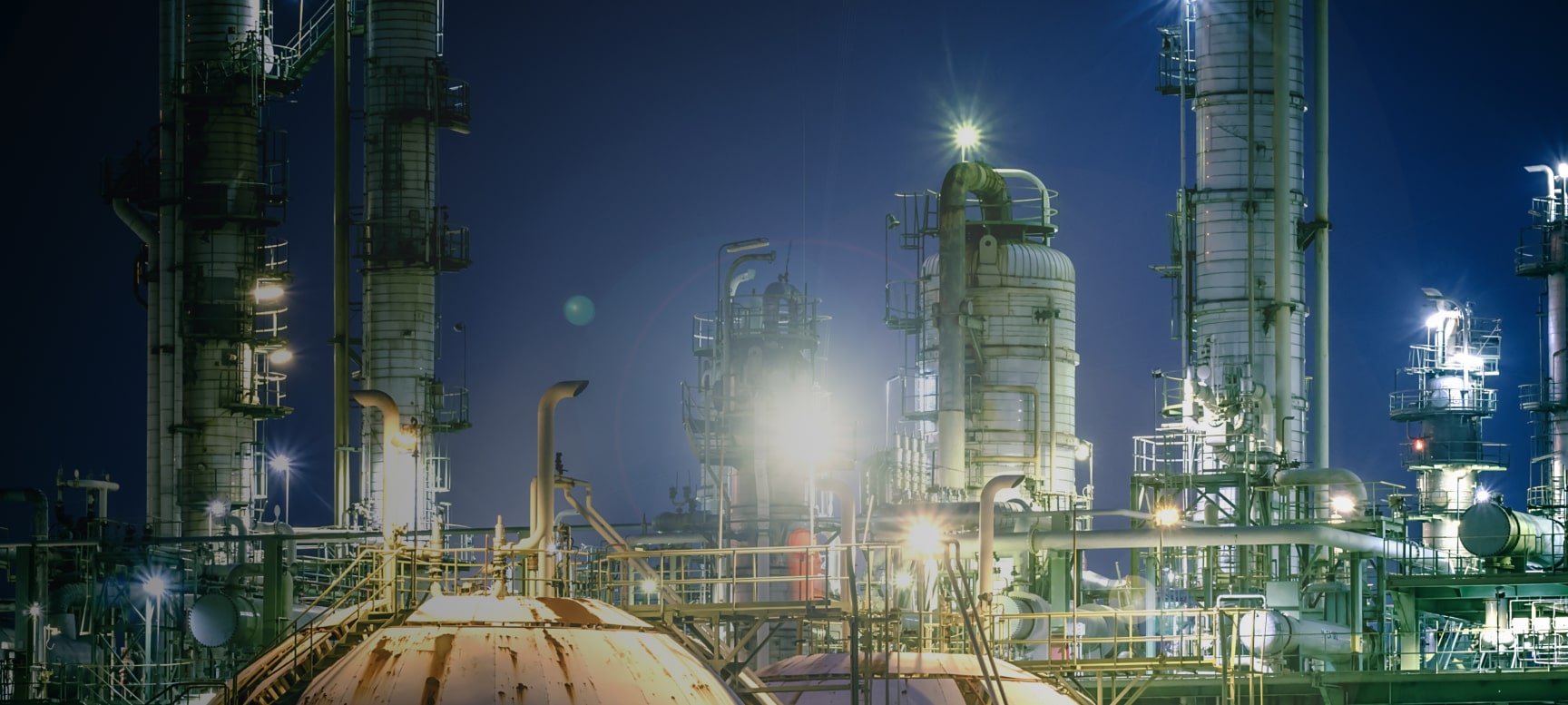Ammonia production has a carbon footprint problem. Just six hundred ammonia plants around the world are responsible for around 2% of all CO2 emissions – its environmental impact is enormous, but it doesn’t have to be. With new, low-risk hybrid solutions, we can help you cut emissions by simply taking natural gas out of the equation – without affecting the integrity of your plant.

Articles
Produce more, impact less
We decarbonize your ammonia plants with green hydrogen
16 January 2024

The move from grey to green ammonia
Increasingly stringent emissions regulations and ambitious sustainability goals are driving the fertilizer industry and investors in the ammonia industry to explore options for reducing the carbon footprint of their plants. One innovative solution with significant potential is hybridization, integrating green hydrogen into your production process to gradually make the transition from grey to green ammonia.
With the right partner, hybridization offers plant owners an opportunity to optimize production in a flexible, reliable and simple way – creating a win-win for the plant and the planet. And it can be done as a stand-alone strategy for reducing CO2 emissions or together with revamping for energy efficiency and carbon capture.
Flexibility tailored to your needs
With hybridization, green hydrogen made on site from renewable resources is used to replace some or all of your plant’s carbon-based feedstock (usually natural gas), having an immediate, cost-effective impact. It is an incredibly flexible strategy, that allows operators to produce more grey ammonia in winter and more green ammonia in summer when green hydrogen availability is at its peak.
In general, plant operators can expect a one-to-one reduction in CO2 emissions for each degree of hybridization implemented. What’s more, integrating around 10 percent of green hydrogen can usually be done without any significant modifications to your plant – and sites with a steady supply of hydroelectric or geothermal power can reach even higher levels of hybridization with minimal changes.

Hybridization for long-term success
Pursuing a hybridization strategy also gives you the ability to be more nimble in how you manage capital investments. An initial investment to achieve a low degree of plant hybridization can be scaled up in a step-wise manner in response to green energy costs, regulations or market incentives for various green ammonia certifications. Based on the circumstances of a given plant and the priorities of its owners, 100-percent hybridization can be pursued for an entirely carbon-free plant.
Casale is the only vendor that can claim a zero major failure rate in its ammonia converters, and this record of reliability extends to traditional grey plants, as well as more recent hybrid and green plants. We offer patented solutions for minimizing mechanical stresses on the plant and keeping temperature and pressure near constant – even in dynamic and unpredictable conditions. And we have a longstanding record of working alongside a diverse range of clients to meet both their sustainability and production goals.

